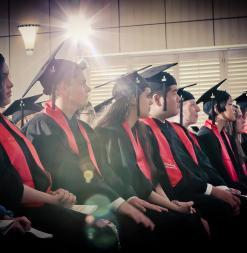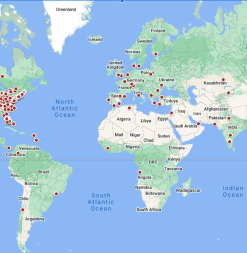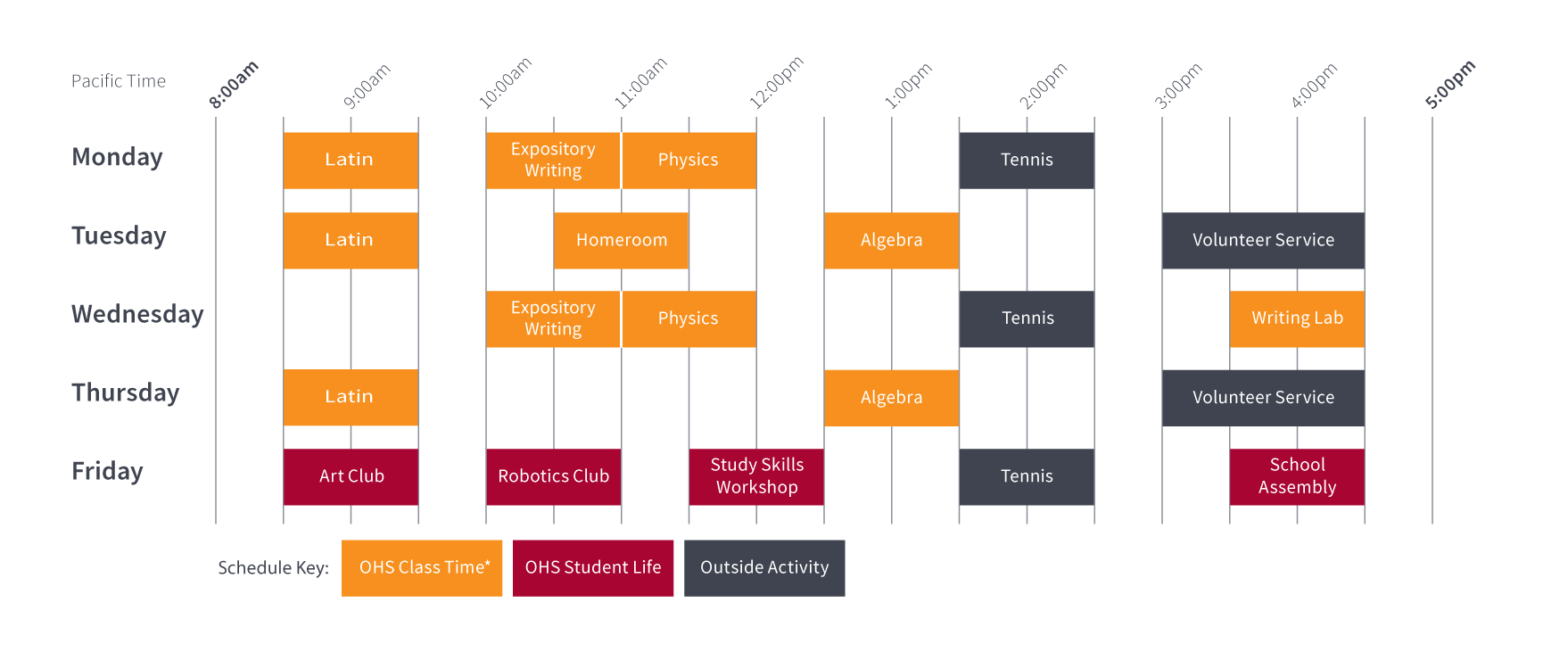How Our Virtual Campus Works

Real-Time Discussion Seminars

The Flipped Classroom Model
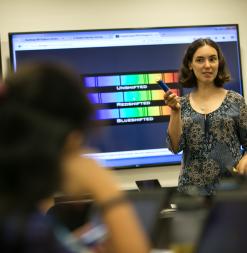
The Role of Our Instructors
Virtual Classroom
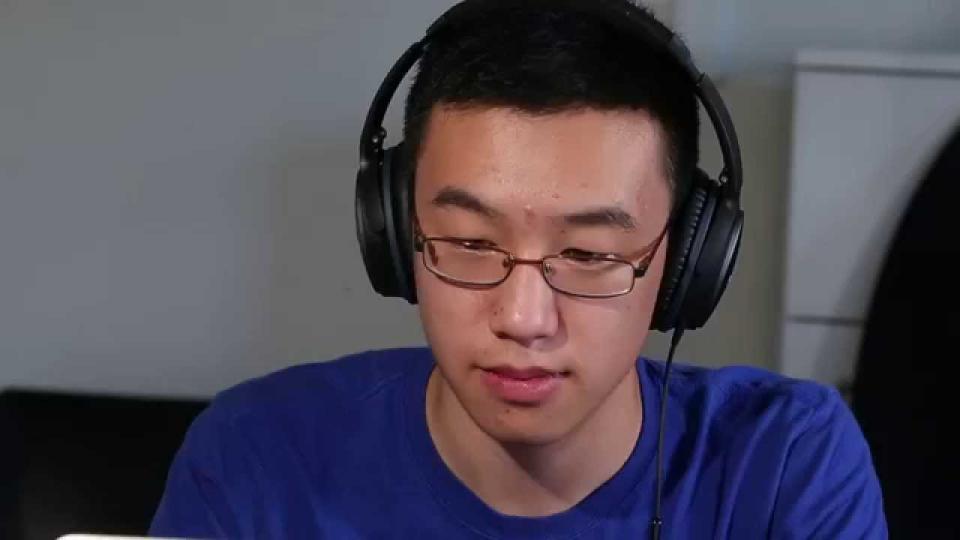
Live, Online Seminars
With an average class size of 13, our web-based seminars allow students to engage in every aspect of a course through real-time discussions in which instructors and students see, hear, and interact with one another.
Online and In-Person Events
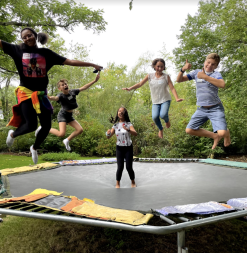
Local Meetups

Homeroom & Assemblies

On-Campus Events
College-Style Schedule
This is a typical day in the life of Lauren, a full-time Stanford OHS 8th grader from Spokane, Washington. Lauren plays tennis, volunteers at her local animal shelter, and is involved in Stanford OHS Student Life activities. While Lauren's class schedule is in Pacific Time, many of her classmates join classes from different time zones around the world!
West Coast Sample Schedule: Full-time Student
Lauren | Class of 2029 | Spokane, Washington
East Coast Sample Schedule: Single Course Student
Henry | Class of 2027 | Jupiter, Florida
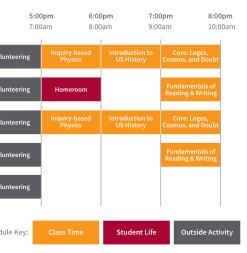
Sample Schedule for Nicolas K., a full-time Stanford OHS 7th grader from Athens, Greece

Sample Schedule for Sofia C., a single-course Stanford OHS 9th grader from Rome, Italy
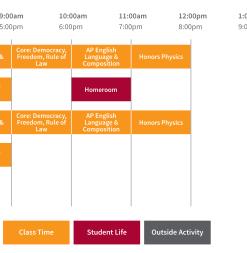
Sample Schedule for Kaito S., a full-time Stanford OHS 11th grader from Tokyo, Japan
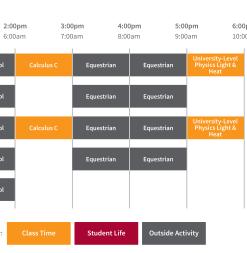
Sample Schedule for Catherine W., a part-time Stanford OHS 10th grader from Windsor, U.K.
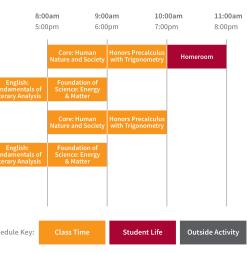
Sample Schedule for Jiayun Z., a full-time Stanford OHS 10th grader from Shanghai, China
Scheduling
Fall and Spring Semesters
Classes Meet Twice per Week
Extended School Day
New Master Schedule
Attendance & Engagement
Time to Pursue Interests and Connect With Peers
Most classes at Stanford OHS don't meet on Fridays. This allows our more than 70 student-run clubs and organizations to meet virtually or in person on that day, giving students the opportunity to pursue other interests with their peers on their own. Friday is also a time for all-school assemblies and presentations by guest speakers.
Three Enrollment Options
Stanford OHS offers three enrollment options: full-time (four or five courses), part-time (two or three courses), and single course. This flexibility allows aspiring students to choose Stanford OHS as their only school, or as a way to supplement their learning with niche courses not found at every brick-and-mortar school.
